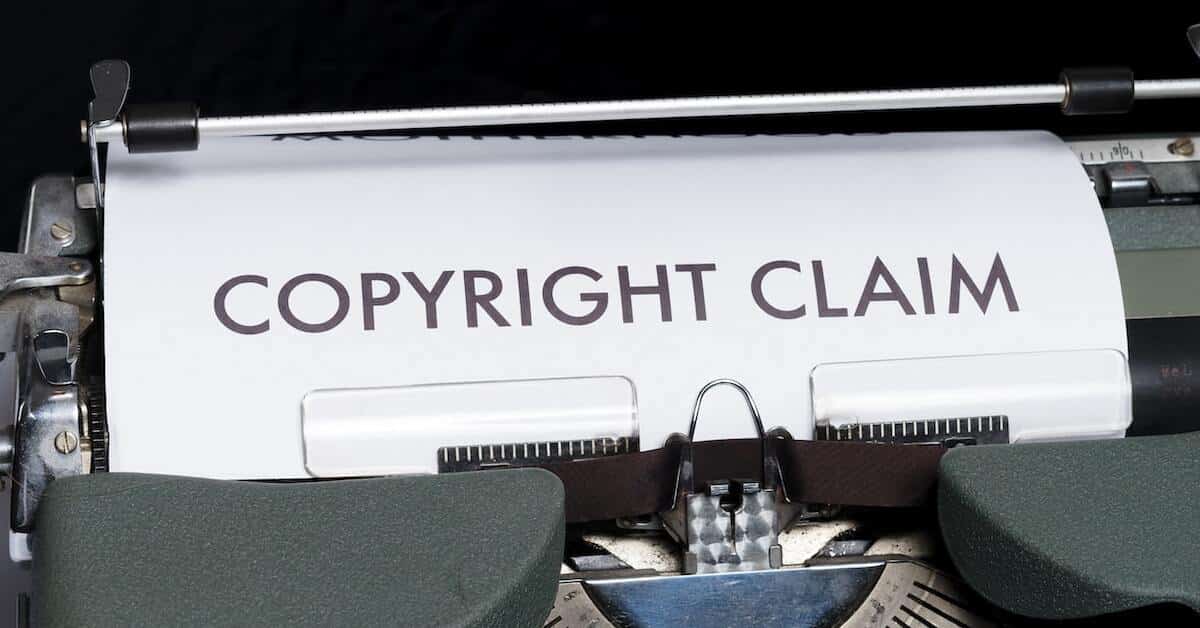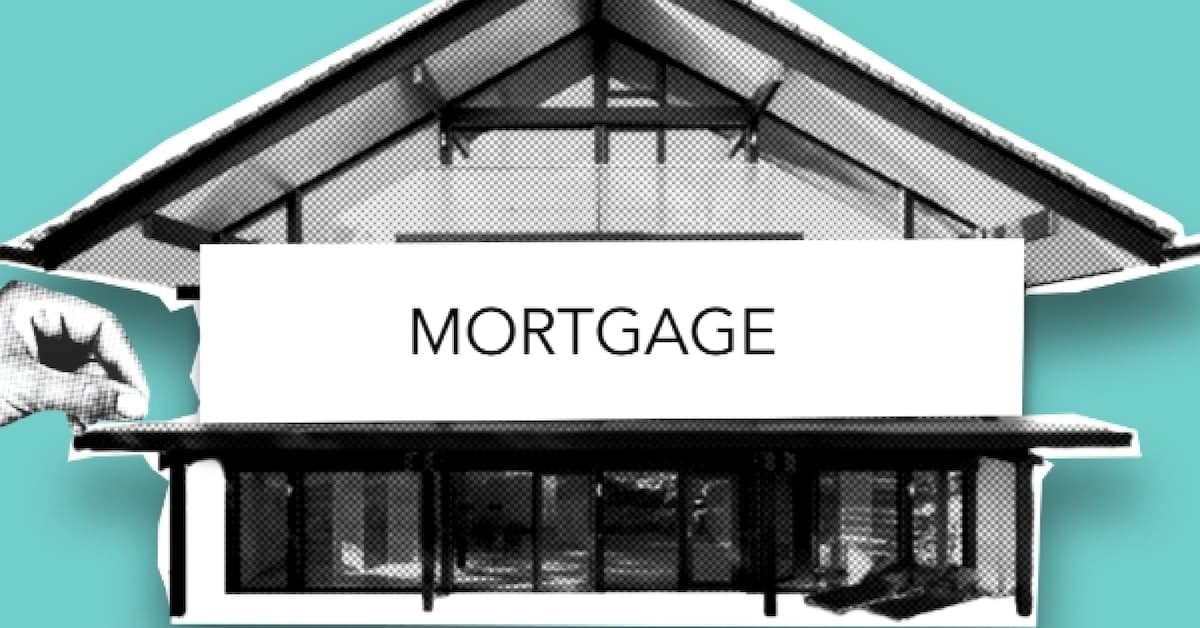
One of the reasons that rental property ownership is so popular among investors is the tax benefits. When researching your taxes as a real estate owner, you might find yourself faced with the task of understanding the difference between amortization vs depreciation.
While both amortization and depreciation are used to calculate the value of assets over time, amortization is used for intangible assets, and depreciation is used for physical, and tangible assets. This means that rental property owners will use depreciation rather than amortization.
Important note: “amortization” is the term also used in relation to mortgage loan repayment schedules. While it is a loosely related concept, it’s important to recognize that the term “amortization” in this article refers to the method a business uses to expense the cost of an intangible asset over time.
Amortization and depreciation are the two primary ways that the value of assets is calculated. When you acquire an asset, it can have an extended useful life and provide benefits to you over time. Both of these methods help to more accurately reflect the use of real estate and other major assets over a number of years.
Amortization is a method that spreads the cost of an intangible asset over the course of its useful life, while depreciation relates to the anticipated deterioration of a fixed asset.
One of the differences between amortization and depreciation is that there is only one amortization that is primarily used (the straight-line method), while there are a number of different depreciation methods. While both of these methods are used to help recover the costs of a property or business asset over several years, amortization is used for intangible (non-physical) assets, and depreciation is used for physical assets.
Amortization is used to spread the cost of an intangible asset over the course of its useful life.

Intangible assets are assets of value that are non-physical. A few examples of intangible assets include:
The straight-line basis is the method of amortization that is typically used. This means that, over the asset’s useful life, the same amount is expensed in each time period. Usually, assets that use amortization rather than depreciation don’t have salvage or resale value.
It’s important to understand that the term “amortization” is also used in another context that is unrelated. If you are paying a mortgage for your property, the loan payments are likely calculated using an “amortization schedule.”

With this type of payment schedule, the loan repayments are broken down into smaller payments over time that consists of both principal and interest.
This use of the word “amortization” isn’t completely unrelated, but it serves a different usefulness to business owners and investors. If you understand that a loan is an intangible asset, you see that following an amortization schedule in the repayment of the loan is the reduction of the balance’s carrying value.
When it comes to fixed assets, depreciation is used to expense the asset over its useful life. Fixed assets are physical, tangible items. Examples include:
Fixed assets, unlike intangible assets, potentially have resale value or salvage value when a business no longer needs them.

This is why depreciation is calculated by subtracting the resale value or salvage value of the asset from the original cost. Over the years of the asset’s expected life, the difference is spread evenly.
In plain English, this means that the depreciated amount that is expensed in each year of ownership is a tax deduction until the expiration of the asset’s useful life.
Let’s take a look at an example to make this a bit clearer.
If you purchase a piece of real estate to use for business purposes, you will likely use it for several years. Down the road, you might choose to sell the property and purchase another one that is larger and more suited to your purposes.
The initial property still has value even if it has lost some value since you’ve owned it. You can subtract the resale value of the property from the cost of the property and spread it out over the building’s predicted life. Each accounting year that you own the piece of real estate, a portion of the cost can be expensed.
There are typically a number of depreciation methods that companies can choose from. Some of the most common methods include:
If you're thinking about starting a limited liability company for your real estate business, you'll want to read this post about the disadvantages of LLCs for rental property.
When you own rental property, depreciation is one of the important tools you can use to lower your taxable income. You can do this by deducting the costs of buying and improving the property from your taxes over the asset's useful life.

Most U.S. residential rental properties depreciate at a specific rate by convention: 3.636% every year over the course of 27.5 years. It's important to note that you cannot depreciate the value of the land a building is on, just the value of the building itself.
When a business deducts the costs of its assets from its taxes, the IRS requires that specific regulations are followed. Depreciation and amortization are the two cost-recovery options.
Let’s look at some of the main differences between the two.
Perhaps the most striking difference between these two methods is that amortization is only applicable to intangible assets, and depreciation is only applicable to tangible assets. If you own real estate as rental properties, for example, you would use depreciation rather than amortization.
While both amortization and depreciation seem very similar at first glance, they are conceptually and philosophically distinct terms.
Depreciation is recorded in order to reflect the fact that an asset doesn’t have the same value as the previous carrying costs recorded on financial statements. To “depreciate” something means that the value of something is being diminished over time.
Amortization, on the other hand, is a method used to allocate the costs of an intangible asset over the course of a particular period of time. “Amortize” means to write off a cost gradually over a specific time period.
Another difference between these two concepts is the salvage value of the asset. It’s common for depreciated assets to have a salvage value because they are tangible, physical assets. Amortized assets, on the other hand, usually don’t have a salvage value.
There are a number of different methods a business can use to calculate depreciation, including the straight-line or accelerated method. Amortization, on the other hand, is pretty much always implemented using the method known as the straight-line method.
Are you looking for greener pastures for your next real estate investment? Check out our list of the best places to buy rentals.
If you are a real estate property owner, you will use depreciation rather than amortization to expense the value of your property over time when tax time rolls around. This is because real estate is a tangible asset rather than an intangible asset.
Confusion is often created because of the fact that mortgage companies almost always use an “amortization schedule” to determine the loan repayment amounts consisting of both the principal and interest. While there is a conceptual relationship between the terms, they ultimately have completely different uses and definitions when used in accounting and lending.
While there are a lot of tax benefits to owning rental properties, that doesn’t mean that figuring out how to get those benefits is easy or fun. If you’re looking for more advice and valuable information about real estate ownership, be sure to check out the rest of our blog. If you’re considering purchasing a rental property, make sure you use our rental property calculators.
We encourage you to share this article on Twitter and Facebook. Just click those two links - you'll see why.
It's important to share the news to spread the truth. Most people won't.